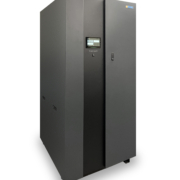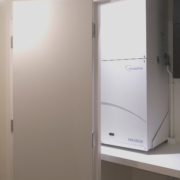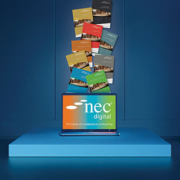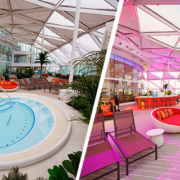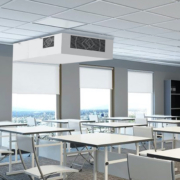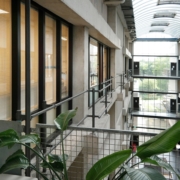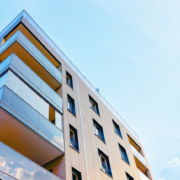With DEFRA placing resource efficiency and water resilience at the heart of its latest policy agenda, Cistermiser is warning that millions of litres of drinking water are still being lost through avoidable leaks and poor washroom practices every day.
The Department’s call for responsible resource management comes against the backdrop of mounting concern over water scarcity, rising utility costs and the environmental toll of wasted resources. Industry experts warn that without rapid change, parts of the UK could face significant supply shortfalls within 20 years.
Cistermiser’s Managing Director Richard Braid says: “DEFRA is absolutely right to elevate water efficiency alongside energy and carbon reduction. We cannot afford to treat water as limitless. From leaking toilets in schools and hospitals, to inefficient washroom systems in offices and public spaces, the scale of waste is staggering.
“The good news is the technology already exists to solve this problem – and to do so quickly. At Cistermiser we see it as our role to turn Government policy into everyday reality by giving building owners and facilities managers the tools to manage water responsibly, cut costs and support national sustainability targets.”
Water efficiency is also linked to economic growth and DEFRA is working closely with MHCLG to explore whether the Building Regulations 2010 could be amended to tighten water efficiency standards. That is because DEFRA believes a failure to implement water demand management measures in response to water scarcity could result in over 61,000 houses not being built costing the economy £25 billion in this parliamentary term.
“We welcome the public consultation on the review of water efficiency in the Building Regulations and will be contributing to it,” continues Richard. “By positioning ourselves as a practical partner to Government and industry, Cistermiser is demonstrating how water-efficient technologies can underpin national ambitions on growth sustainability, resilience and Net Zero.”
Cistermiser’s product range, including intelligent urinal controls and leak prevention technologies, is already helping estates across the UK tackle unnecessary consumption. The business is now urging facilities managers, landlords and contractors to use DEFRA’s latest policy focus as a trigger for immediate review of water usage.
A recent installation at Radisson RED London Heathrow shows the potential impact. By adopting Cistermiser sensor technology, the hotel has reduced water consumption in its washroom urinals by an impressive 84% while also cutting associated carbon emissions.
The project demonstrates how targeted interventions can deliver measurable savings and aligns with both Government and industry sustainability priorities.
For more information on the Cistermiser range visit www.cistermiser.co.uk




